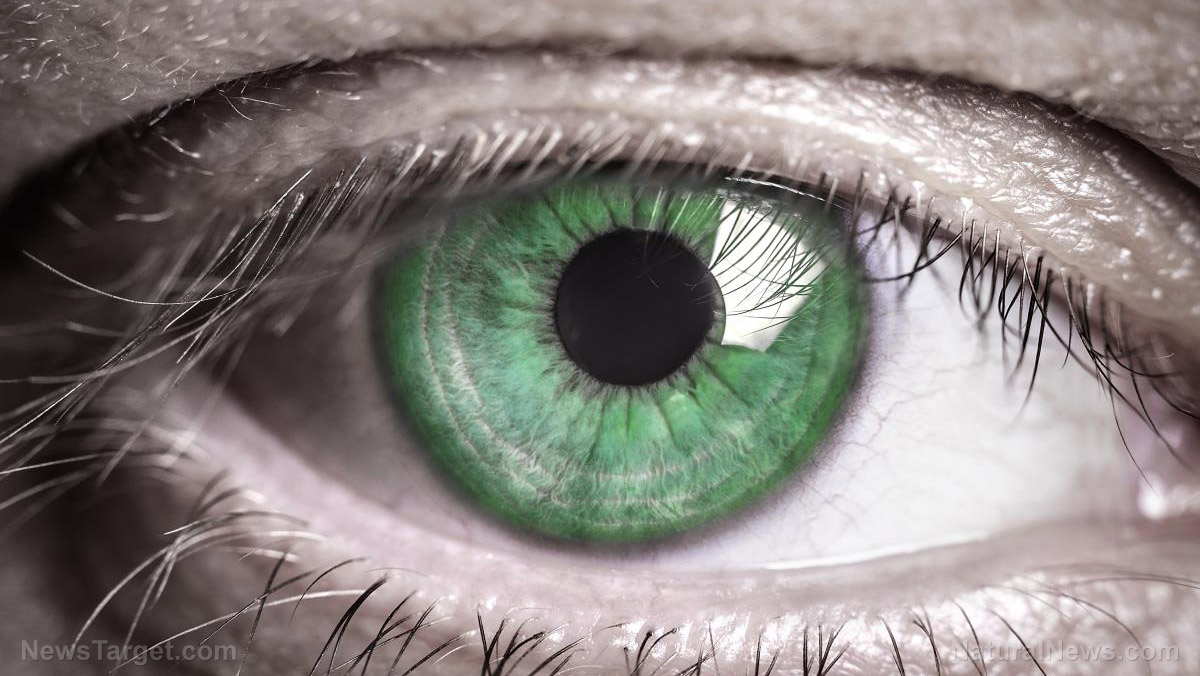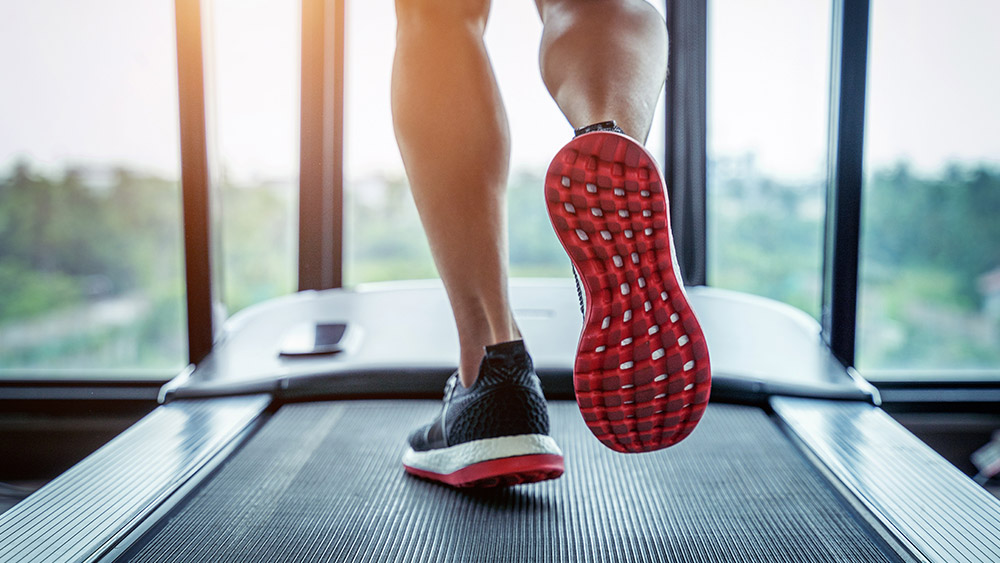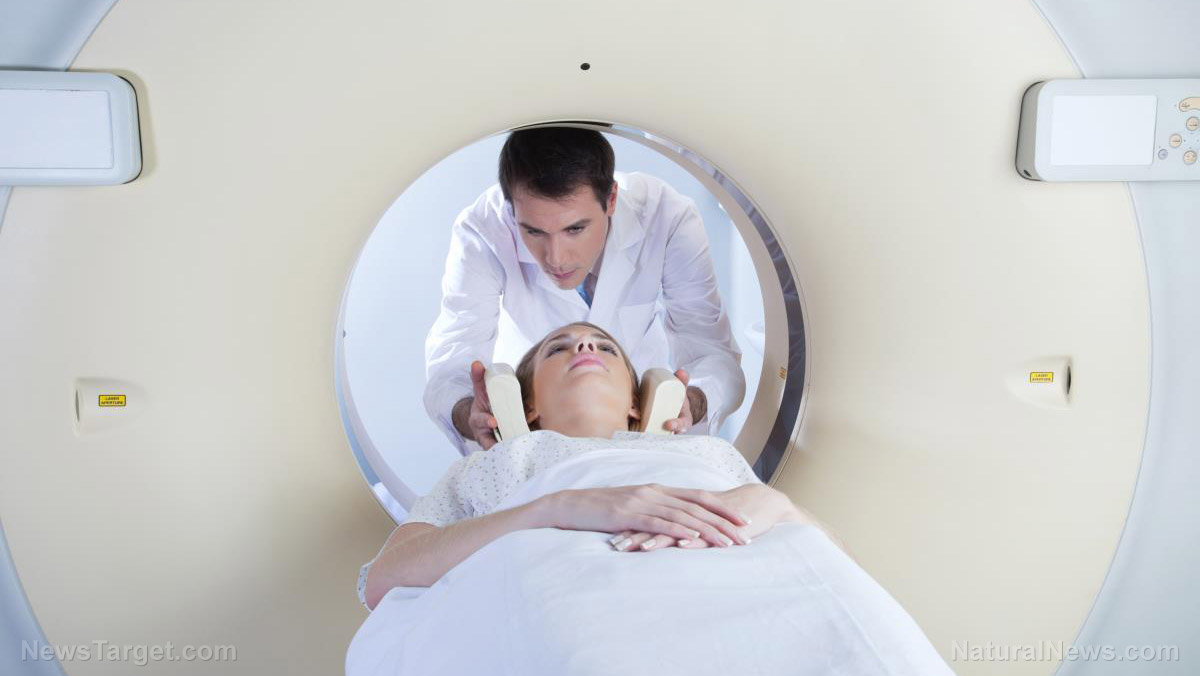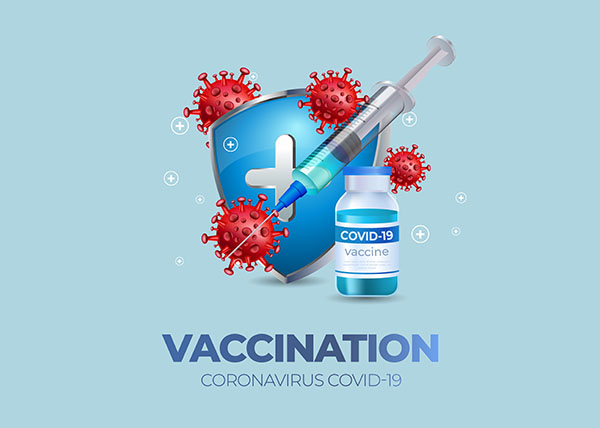How a few minutes of sunlight can transform your health and well-being
11/20/2025 / By Olivia Cook

- Emerging research cited by physicians suggest sunlight can spark antiviral, antioxidant, cardiovascular and respiratory benefits that go well beyond vitamin D – effects oral supplements don’t fully replicate.
- Studies report that small daily doses of sunlight can trigger nitric oxide release, boost serotonin and help regulate immune activity that supports everyday energy and resilience.
- A large body of research cites insufficient sunlight exposure as a possible contributor to high rates of chronic illness – from heart disease to some autoimmune conditions – reminding readers that avoidance has consequences too.
- Sunlight isn’t just “vitamin D” but a full spectrum of helpful biological signals that can influence cell energy production – UV rays trigger vitamin D production; visible light helps reset circadian rhythms. Together, they form a natural “package deal” that specialists say the human body evolved to use.
- Experts emphasize timing, moderation and skin protection – not all-or-nothing sun habits. Sunrise, sunset or short midday intervals can deliver benefits without encouraging burns.
For decades, the message about sunlight has been almost parental in tone: stay out of it, cover up, protect yourself and whatever you do, don’t let your skin burn. Those cautions were well-intentioned – skin cancer is real and the UV overexposure is a serious, preventable risk.
But recent reporting and scientific commentary suggest we may have absorbed only half the story. Interviews with physicians and reviews of emerging research published in peer-reviewed journals, including The American Journal of Clinical Nutrition, Journal of Investigative Dermatology, Journal of the American Heart Association, Microbiome and Nutrients, point to sunlight as something far more complex and beneficial than a mere trigger for vitamin D. These sources collectively describe sunlight as a multi-layered, full-spectrum signal with effects that reach into our cells, immune system, cardiovascular function and mood.
Sunlight accelerates recovery
During the Wuhan coronavirus (COVID-19) pandemic, Dr. Roger Seheult treated patients experiencing severe respiratory distress. He noted that introducing daily sunlight exposure into their recovery plans coincided with unexpectedly rapid improvements. He recalled one patient who went from nearly requiring a ventilator to breathing without supplemental oxygen within five days – one of the fastest turnarounds he had witnessed.
Another striking case involved a long-COVID patient who had experienced debilitating shortness of breath for more than a year. After multiple tests and failed interventions, Dr. Seheult suggested the man simply step outside for 20 to 30 minutes daily. Within three weeks, the man’s symptom score dropped from “eight out of 10 difficulty” to “three.”
These are not controlled studies – but they became part of a larger pattern of observations that led Dr. Seheult to recommend daily, moderate sunlight for most of his patients.
These stories don’t prove sunlight cures disease. But they highlight an important possibility: The sun may be influencing the body through mechanisms we’ve only recently begun to understand.
Infrared light: Nourishing the body at the cellular level
One of those mechanisms involved infrared light – the gentle, warming part of the sunlight we feel on our skin penetrates deeper than UV does. It reaches the mitochondria, the tiny structures inside our cells that produce energy.
When mitochondria function well, they don’t just produce energy. They also produce melatonin – not the hormone associated with sleep, but a potent antioxidant created inside cells themselves. This internal melatonin helps neutralize oxidative stress, the cellular wear and tear that underlies chronic conditions like dementia, diabetes, heart disease, obesity and even some cancers.
This is why many researchers now believe that part of the sunlight’s benefit comes from its ability to help the body make its own antioxidants directly where they’re needed. And it’s something melatonin supplements cannot replicate, because oral melatonin primarily helps regulate sleep and does not stimulate this mitochondrial antioxidant activity.
UV light: More than a vitamin trigger
UV light carries risks, but it also brings benefits.
Before antibiotics existed, sunlight therapy was a recognized approach for treating tuberculosis in high-altitude sanatoriums, where UV exposure was more intense. This historical practice notes that UV light has measurable antibacterial effects that helped slow the progression of certain infections.
Modern research also shows that UVA exposure can trigger the release of nitric oxide (NO) from the skin. Nitric oxide is a molecule that relaxes and widens blood vessels, which can lower blood pressure and support cardiovascular function – an effect that occurs independently of vitamin D.
Mood, hormones and the body’s internal clock
Sunlight is also one of the strongest influences on emotional and mental well-being.
Sunlight affects serotonin, a neurotransmitter that helps regulate appetite, emotional well-being, mood and motivation. Bright light entering the eyes in the morning can lift serotonin levels naturally, which is especially important for people prone to seasonal affective disorder (SAD).
Sunlight also helps regulate circadian rhythms, the body’s internal 24-hour clock that manages wakefulness, sleep, hormone release, appetite and energy fluctuations (metabolic timing). Morning sunlight suppresses melatonin so the brain can stay alert; dusk allows melatonin to rise again, helping you fall asleep. Without these cues – especially in indoor, screen-heavy environments – sleep quality drops and daytime fatigue rises.
Even bright-light therapy devices, often used for mood disorders, attempt to imitate what sunlight does naturally.
The hidden risk: Too little sun
Research points to a growing concern: insufficient sunlight exposure may contribute to significantly higher rates of chronic illness. One study published in the International Journal of Environmental Research and Public Health estimated that hundreds of thousands of deaths each year in the U.S. and Europe could be linked to chronically low sun exposure. These associations include cardiovascular disease, certain cancers, mood disorders, autoimmune conditions and cognitive decline.
Moderation is the key. Experts agree that skin damage and sunburn must be avoided. But avoiding sunlight can also create problems.
Practical, safe habits include:
- Starting with short exposure (10-20 minutes, 15-30 minutes) on most days.
- Seeking morning light to support mood and circadian rhythms.
- Using sunscreen or protective clothing when outside for longer periods.
- Avoiding tanning beds, which deliver UV without the balancing infrared spectrum.
- Building up sun exposure gradually rather than suddenly.
This approach blends the benefits of daily natural light with the protections modern dermatology encourages.
“The message is one of balance and respect. After decades of being told the sun is their enemy, people are rediscovering it as an ancient ally. It’s time to step out of the shadows and thoughtfully welcome this powerful, natural healer back into your daily life,” said BrightU.AI‘s Enoch.
Watch this video to learn why you need vitamin D and how you get it from the sun.
This video is from the Daily Videos channel on Brighteon.com.
Sources include:
Submit a correction >>
Tagged Under:
alternative medicine, circadian rhythm, holistic health, immune system, immunity, melatonin, mental health, mitochondrial health, mood, natural antioxidants, natural cures, natural healing, natural health, natural medicine, Naturopathy, nitric oxide, research, serotonin, sunlight, sunlight therapy, UV light, vitamin D
This article may contain statements that reflect the opinion of the author




















